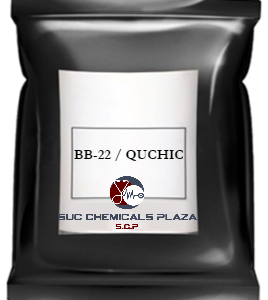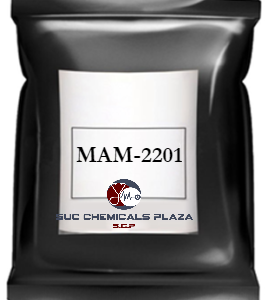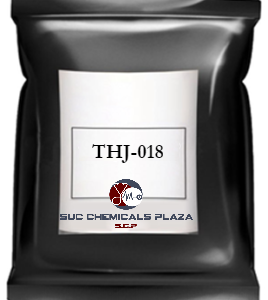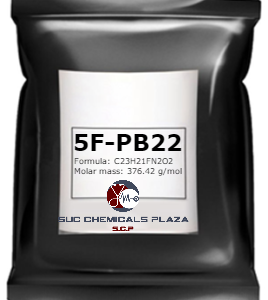Description
Buy BB-22 Powder Online
BB-22 Powder chemical is usually referred to either as BB-22 or QUCHIC.
It has a molecular formula of C25H24N2O2 and an IUPAC listing of 1-(cyclohexylmethyl)-1H-indole-3-carboxylic acid 8-quinolinyl ester.
Because of how new this chemical is, there still isn’t much information published about it.
However, many researchers have noted that itt’s structure is especially interesting because of the way it relates to its activities.
The compound is part of the indole class of cannabimimetics, but it bears a unique synthetic chemotype because synthesizers have substituted an ester linker at the indole’s 3-position in place of the usual JWH-018 ketone.
This product is not for human consumption, and therefore we suggest that you take the necessary precautions when dealing with it in anyway.
Must be over 18 to purchase.
BB-22 / QUCHIC CANNABINOID can only be ordered if you are over 18 years of age.
Please ensure that BB-22 / QUCHIC CANNABINOID is NOT controlled in the country/state to which you wish it to be delivered.
BB-22 / QUCHIC CANNABINOID is not for human consumption.
it, also known as QUCHIC and 1-(cyclohexylmethyl)-8-quinolinyl ester-1H-indole-3-carboxylic acid, has a molecular formula of C25H24N2O2. Its λmax is listed as 217, 230 and 294 nm and its stability is rated at two years.
it is considered an analogue of JWH-018. It is worth noting that it is structurally quite similar to PB-22 as well as to PB-22’s derivative, 5-fluoro PB-22. Both Pb-22 and it can eb distinguished from JWH-018, however this synthetic cannabinoid, in that both have an 8-hydroxyquinoline in place of the naphthalene group present in JWH-018.
In a structural context, BB-22/QUCHIC seems to incorporate many of the structure-activity effects of other indole cannabimimetics, but it has several important differences. it and QUPIC together form a unique chemotype among cannabimimetics, as its indole 3 position features an ester linker rather than the ketones present in the same position in JWH-018 and most of its analogues. This also differentiates it form the SDB-005 family as they have an amide group in the indole 3 position.
Origin of it
This chemical often appears in the context of a designer drug or a synthetic cannibimimetic chemical. It first came to official attention in certain artificial cannabis-substitutes of Japanese origin early in 2013, and soon later in New Zealand.
it is most likely derived from JWH-018, which was first synthesized by John Huffman, then working at Clemson University. It is believed to have been incorporated into a synthetic cannabinoid called Spice as early as 2008. Spice later replaced JWH-018 with JWH-073.
No solid information is available regarding the in vivo or in vitro effects of it. The only information available as to its pharmacology in humans are anecdotal reports. It should be stored at room temperature in temperate climates, but proper storage conditions may vary elsewhere.
it is not suitable for human consumption, and is sold only for research and forensic use in a laboratory environment.




